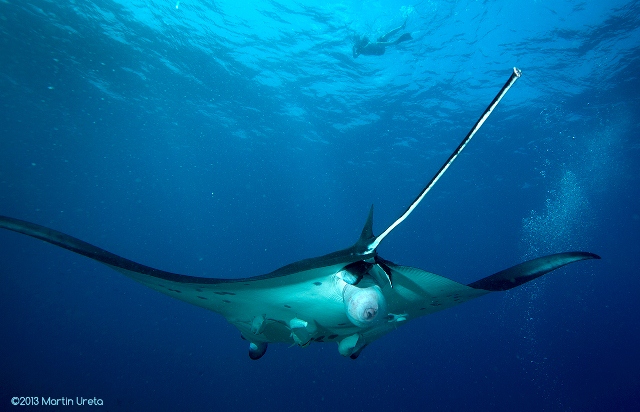


Learn how the cameras were attached, and watch some amazing footage from the mantas' perspective. The cameras are gathering data that will help protect these giant underwater animals. The National Geographic Society, the Manta Trust and Scripps Institution of Oceanography have put Crittercams on manta rays for the first time. “Anywhere that has tiny mantas is really important for us to learn about, so we can target our protection strategies.” “It's really important for us to know where these nursery sites are,” says Andrea Marshall, a ray expert at the Mozambique-based Marine Megafauana Foundation and a National Geographic Explorer. In a study published today in Marine Biology, Stewart and his colleagues describe a nursery brimming with young mantas, from newborns through adolescents-a safe space for the young rays to grow and develop. ( Read why manta rays prefer “staycations.”) When he dug through 25 years of carefully collected dive data from the site, his hunch was confirmed: This was a nursery ground for giant manta rays. Even so, Stewart knew it wasn't normal to see so many baby rays. When he got back to the surface, he shared his excitement with the researchers who regularly dove and surveyed marine life at this reef in the Flower Garden Banks National Marine Sanctuary, off Texas and Louisiana.īut they were unfazed-they saw juveniles all the time. Stewart, a graduate student at the Scripps Institution of Oceanography, had studied mantas for years, diving with them all over the world, but in all his time in the oceans he had only seen one or two other young mantas. Marine biologist Josh Stewart was floating underwater, looking up at the manta ray that materialized out of the blue above him, when he did a double take: The animal was a juvenile, only a few feet across-nowhere near as big as a mature giant manta ray, which can be as wide across as a giraffe is tall.


 0 kommentar(er)
0 kommentar(er)
